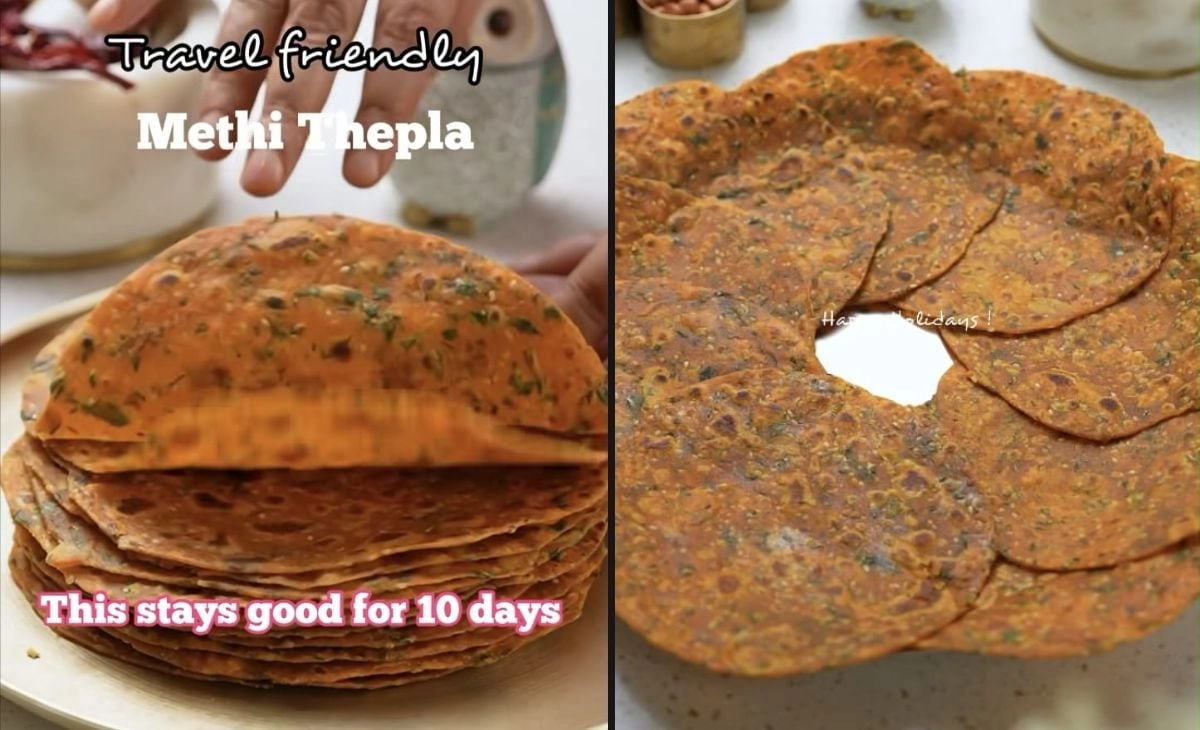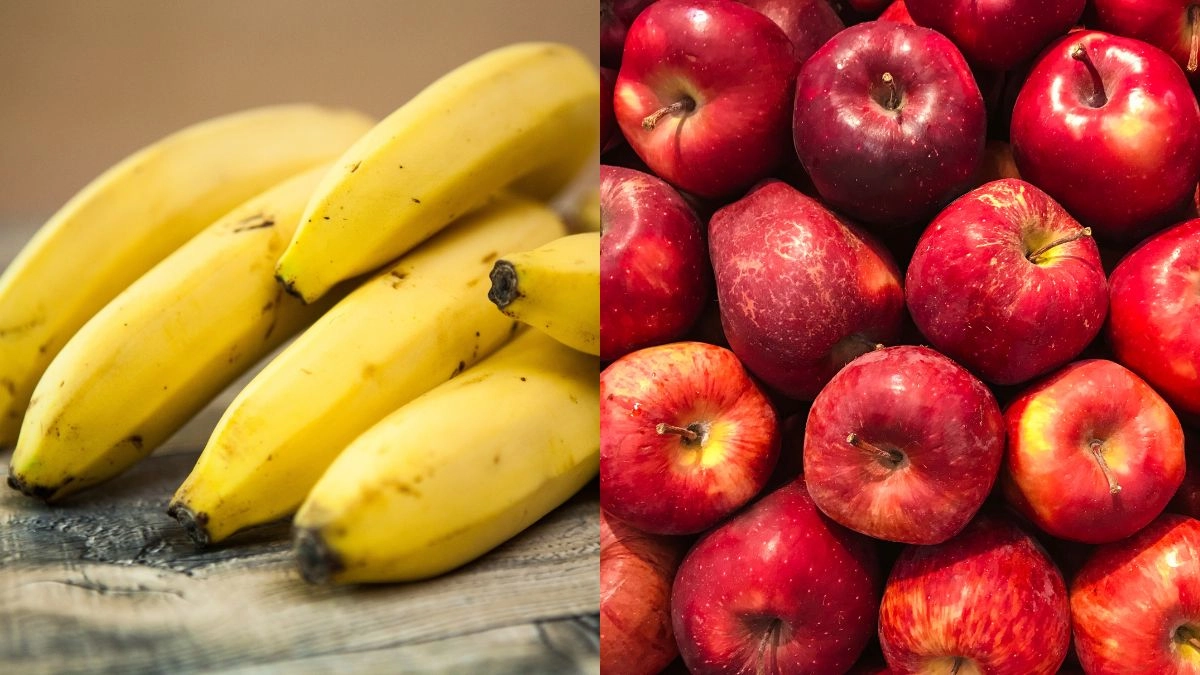Temperature plays a pivotal role in transforming the taste of food, a fact that professional chefs are acutely aware of. The way heat interacts with various ingredients can enhance flavors, alter textures, and even change the aroma of a dish. For instance, when cooking meats, the Maillard reaction occurs, which is a complex series of chemical reactions that take place when proteins and sugars are exposed to high heat. This reaction not only creates a beautiful brown crust on the surface of the meat but also deepens its flavor profile, resulting in a more savory and appetizing dish. A chef’s ability to manipulate temperature can elevate a simple ingredient from mundane to extraordinary, showcasing the profound impact that cooking techniques have on taste.
Moreover, temperature affects the perception of flavors in more subtle ways. For example, serving a dish cold, such as a salad or dessert, can mute certain flavors while enhancing others. Cold temperatures tend to dull sweetness and amplify acidity, which is why a well-dressed salad can have a vibrant, zesty quality. Conversely, warm dishes often bring out the richness and depth of flavors. Think of a freshly baked chocolate chip cookie; the warmth not only enhances the chocolate’s flavor but also creates a comforting aroma that appeals to the senses. This interplay between temperature and flavor perception is a crucial element in creating a memorable dining experience.
In addition to altering flavor and texture, temperature influences the overall enjoyment of food. The right temperature can evoke feelings of comfort and satisfaction, while improper temperatures can lead to disappointment. For example, a soup served lukewarm lacks the comforting warmth that makes it enjoyable, while a perfectly heated bowl can provide a soothing experience. Similarly, desserts like molten lava cake are celebrated for their contrasting temperatures—warm cake with a gooey, molten center that contrasts beautifully with a scoop of cold ice cream. This combination not only tantalizes the taste buds but also creates a dynamic sensory experience that resonates with diners.
Ultimately, the mastery of temperature is an essential skill for any chef. Understanding how to manipulate heat allows for greater creativity in the kitchen, enabling chefs to craft dishes that are not only delicious but also harmonious in flavor and texture. Whether it’s adjusting cooking times, experimenting with serving temperatures, or exploring the effects of cold versus hot preparations, chefs harness the power of temperature to redefine culinary experiences. Thus, it becomes clear that the art of cooking is as much about science as it is about creativity, with temperature serving as a key element in the transformative journey of food from the kitchen to the plate.




